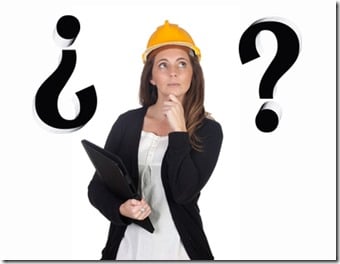What or Who Is Safety?

Perhaps this extract from Long and Fitzgerald’s new book “Tackling Risk, A Field Guide to Risk and Learning” may help (I highly doubt you will ever read something similar in any other risk or safety book):

The moment one allows Safety to enter the room everything changes. Whatever you were doing before now becomes qualified by fear, control, risk aversion, regulation, dehumanisation, don’t, surveillance, numerics, distrust, mechanics and fear. Did ‘fear’ just get repeated? Just watch what happens in sectors of industry when Safety turns up or when the ‘S’ word is mentioned.
When we personify Safety we don’t ask ‘What is Safety?’ we ask ‘Who is Safety?’ Personification is a marvellous metaphorical semiotic for characterising something that overpowers and dehumanises. It enables us to understand that something acts in its own dynamic that is much more powerful than the people in it. When one critiques Safety one critiques an archetype not the people in it; most of whom are not aware that the archetype controls them. Most do what they do unconsciously without thinking Safety makes it so.
So let us introduce you to the archetype of Safety: Safety is the bastard son of Regulation and Engineering, the brother of Zero and Control, the cousin of Dumb Down and Risk Aversion. (The females in the Safety family don’t rate a mention). Safety was born in Australia about 35 years ago and has been hard at work infusing himself into every corner of business and work. Safety organizes by fear, alienation and the pre-occupation of objects. Safety always talks about ‘things’ not people. Its narcissistic preoccupation with himself imagines that all of life is commanded by himself. Safety’s discourse is one of power over others – other’s must not have choice, other’s can’t think, others are stupid, risk is wrong and only Safety knows best. Safety does not believe he is like this but others identify him as this, yet he denies it. Safety has only relationships with bedfellow power-brokers like Force, Compliance, Propaganda, Indoctrination and Bullying but has no time for Listening, Conversation, Trust and Faith.


Do you have any thoughts? Please share them below